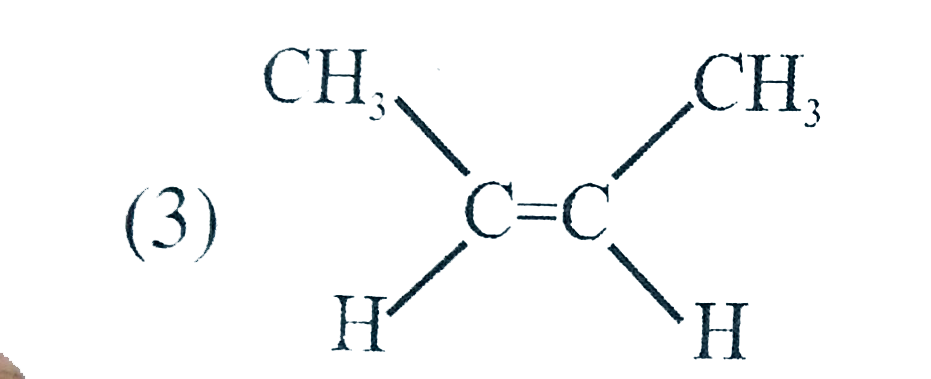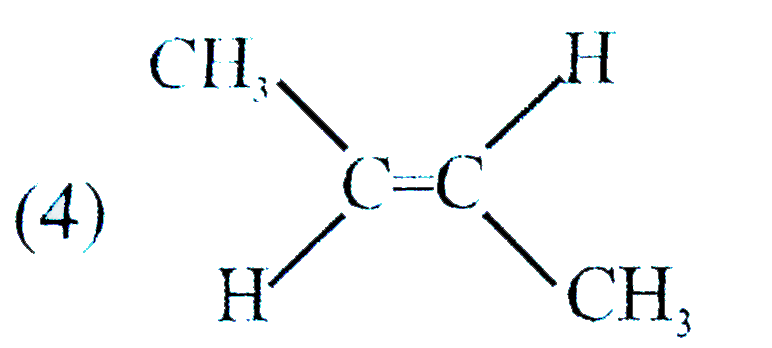A
B
C
D
Text Solution
AI Generated Solution
The correct Answer is:
|
Topper's Solved these Questions
CHEMISTRY AT A GLANCE
ALLEN|Exercise INORGANIC CHEMISTRY|300 VideosView PlaylistChemical Equilibrium
ALLEN|Exercise All Questions|30 VideosView PlaylistELECTROCHEMISTRY
ALLEN|Exercise EXERCISE -05 [B]|38 VideosView Playlist
Similar Questions
Explore conceptually related problems
Knowledge Check
A
B
C
D
Submit
Similar Questions
Explore conceptually related problems
ALLEN-CHEMISTRY AT A GLANCE-ORGANIC CHEMISTRY
- The compound formed as a result of oxidation of ethyl benzene by KMnO(...
03:30
|
Play - The main product of the following reaction is C(6)H(5)CH(2)(OH)CH(CH(3...
04:02
|
Play - CH(3)-underset(Cl)underset(|)(C)H-underset(Cl)underset(|)(C)H-CH(3)und...
08:02
|
Playing Now - Which of the following does not decolourise reddish brown solution of ...
02:33
|
Play - Reagent x can be
05:39
|
Play - Which one of the following compounds will give white precipitate wit...
02:27
|
Play - Acetylene on heating in the presence of red hot Fe tube gives :
02:27
|
Play - Which among the following alkenes will be most stable :
05:35
|
Play - Which among the following compounds will give Wurtz reaction ?
02:52
|
Play - In the following reaction : C(2)H(2)underset(HgSO(4)//H(2)SO(4))ove...
03:16
|
Play - One of the following which does not observe the anti-Markovnikoff's ad...
02:12
|
Play - Propyne and propene can be distinguished by conc. H2SO4 Br2 in "CCl"...
05:17
|
Play - which of these will not react with acetylene ?
02:56
|
Play - What happens when acetylene is treated with hypochlorous acid
02:30
|
Play - Complete the following reaction
04:15
|
Play - CH(3)-underset(CH(3))underset(|)overset(CH(3))overset(|)C-CH=CH-CH(3)o...
03:38
|
Play - During debromination of meso-dibromobutane, the major compound formed ...
02:43
|
Play - Which is maximum reactive towords acid catalysed dehydration :
03:53
|
Play - Which gives ketonic group after hydroboration oxidation :
13:54
|
Play - Complete the following reaction
02:02
|
Play





